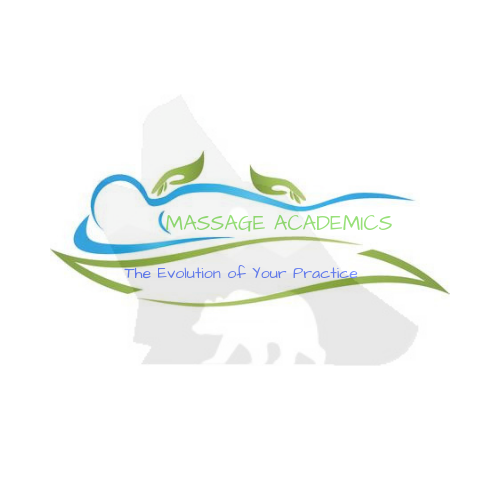

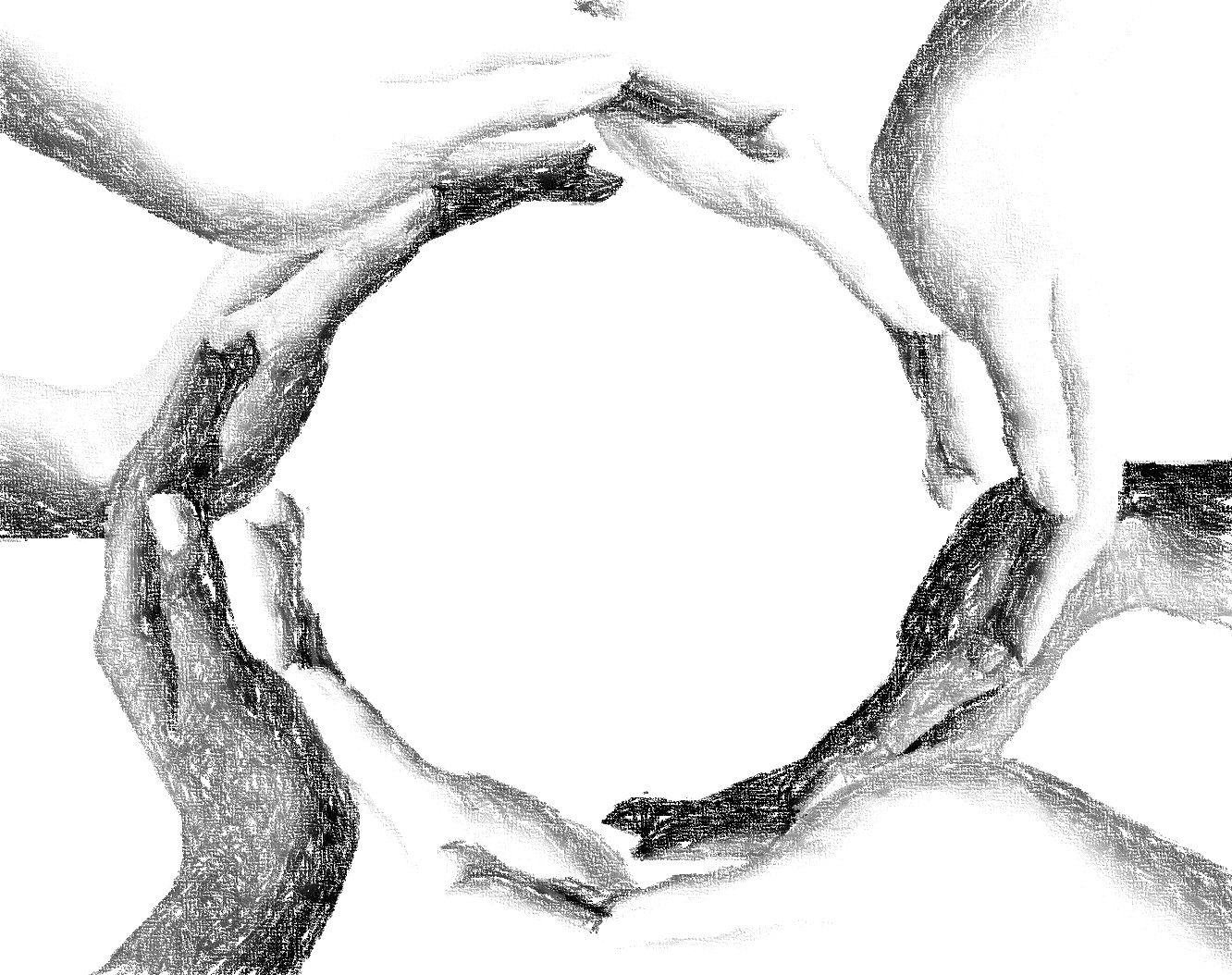
Professional Alliances in Massage Therapy
Why are these important to my business? Who do I approach? How to I develop an Alliance?
Professional Alliances in Massage Therapy – The Why
By building professional alliances, your practice will flourish. Having a network with other Health Care, and Therapy Professionals will increase your market, and theirs.
Who
Assignment One
Your first assignment is to make a list of Health Professionals you already know. Your:
- Chiropractor
- Physio Therapist
- Massage Therapist
- Doctor
- Dentist (yep… Dentist)
- Lawyer
- Chamber of Commerce Members
Then add to that list of the same Professionals, and others, within your area of work. (This list will expand as you go).
Assignment Two
Do a Bio Letter of Introduction. In this letter, you will want to include:
- Where you went to school for Massage Therapy
- Graduation date
- Association
- Specialties Certified in
- Your goals for client treatment and care
- How massage can benefit their patients or clients
- Other professional History
Think of it as a Resume, but not a resume. You can add some personal information as to hobbies if you wish, but keep it pertinent to the person you are addressing, or the profession of Massage.
The Approach
There are 3 ways to approach others. Face to face, by phone, or by letter/email, or any combination of these.
The letter you wrote, can act as a ‘script’ to keep you on track with face to face, or phone approach as a bonus.
Because forming an Alliance is so beneficial, you will want to offer them something to get to know you and your work. With your introduction, you can offer them (a limited time) promotion. This isn’t a sale price, it’s a Promotional Offer.
Promotional Offers with a Future Alliance
- A gift certificate for a free 30-minute massage
- 20%-50% Off of Regular Price (I hear you now… but that’s a sale price)!!! Yes, and no. Put on the gift certificate that it’s a Professional Offer Only. Non-Transferable (that means they can’t give it to someone else).
- Free Gift
Why do this? You want to promote yourself, and your talent. You want the Alliance.
Barter System
This is another approach to forming an Alliance. Especially with other Health Care Professionals.
By trading treatments, and services, not only do you get to know their style, and work, they get to know yours. It’s a win for both parties.
Referring to Others
NEVER be afraid to tell a client that a problem may be out of your scope of practice! Integrity is key here. A client will admire your honesty, and appreciate a referral to someone that can treat the issue.
Not long ago, I referred a long-time client to a Sports Massage Specialist. I can do ‘Sports Massage’, but this was a sports-related injury, and I’m NOT a Specialist in this modality. I am confident in my abilities, and I know when a client needs a different approach to an issue, so I refer them out. (The client did come back after the injury issue was resolved, complete with a Thank You, and recommendations from the other Therapist).
I have often referred to Chiropractic, or Physio Therapy, to be done instead, or in conjunction with Massage. When referring out, I do explain why. (I use Medical terms, with layman translation). Telling a client of your limitations will be a showing of your integrity, and honesty.
A client is more apt to refer a friend to you by saying,
“He/She helped ABC problem, but referred me to a Chiropractor for D, because of (yada yada). A very honest person, and a great Therapist!”
A quick, easy example of an introductory letter.
Your Name
Address, City, ST ZIP Code | Telephone | Email
Date
(Chiropractor/ Massage Therapist/ Physio Therapist)
Title
Company
Address
City, ST ZIP Code
Dear (Chiropractor/ Massage Therapist/ Physio Therapist):
I would like to take the time to introduce myself, as I am new to the area.
Professionally, I have 25 years of Massage Therapy experience, with specialties in Motor Vehicle Accidents, and soft tissue injuries.
The modalities that I incorporate into my treatments are as follows:
- Relaxation & Deep Tissue Massage
- Hot Stone Therapy
- Cupping
- Myofascial Release
- Craniosacral
- Assisted stretch techniques
I Graduate from X School of Massage in (year), and belong to (Association).
I would like the opportunity to connect with you, and your practice. Please accept this certificate as my way of saying Thank You for your time!
Sincerely,
ME
You don’t have to get fancy with it. Short, and to the point. You can use a template, but keep it simple. Too much clutter takes away from the content. If you have a Logo, do put that in.
How do you, or have you formed Alliances? Do you have any questions? Let me know in the Comments Section!!
Have a GREAT DAY!!
Shaunna

7 Years- Average Career Lifespan in Massage Therapy
Longevity Secrets
Balance. One would think that this is self-explanatory, and yet many of us struggle with it. I, personally, am guilty of the ‘gotta make hay while the sunshines’ regime. This attitude put me into ‘burnout’. The biggest curse of the Massage Therapist!What is Burnout?
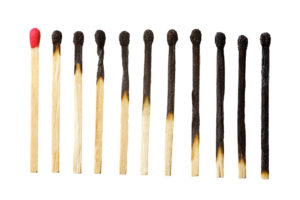
Massage Burnout
Avoiding Burnout
So what are the best ways to avoid this? In no particular order, here are a few key essentials: Self-Care. Get a massage, go to the Chiropractor, go to Physio. Do yoga, meditation. RELAX! Take time away from the treatment room. Eat Well. Eat healthy and often. Our bodies need food to survive, and the more we put out, the more we have to take in. Take the time to eat, or snack, and remember, protein is the bodies fuel!
Eat Healthy

Rest and Recover
After Burnout
Can you recover from Burnout? Yes you can! I did, and I’ve seen others bounce back as well. How did we do it? I took 5 weeks off one summer. 2 weeks one month, back to work for 2-3 weeks, then 3 weeks off (I would’ve taken it all in one chunk, but I had other commitments as well). My clients completely understood. A colleague of mine, took 2 months off, and her clients were more than happy for her to go, recover, and come back. Neither one of us lost a single client over it. Many professionals take holidays, sick leave, maternity leave, and sabbaticals, so can you! Just use this wisely.
VACATION!!!
What to tell Clients
Should you need to do something like this, you can tell them you are going on a Retreat, Course, or just taking some time away. Most will ask you if your OK, and in keeping within professional boundaries, the answer should be, “I’m great! Just time to get away for a bit”. (Or something along those lines). You don’t want your clients to know that your in ‘burnout mode’, this can lead people to making their own determination about your health, and stability professionally.Giving Up
Many new Therapists give up too soon. Getting you name out can take time, and if your not working, your not earning. So many in our field leave it just as they’re about to ‘break through’ that first building block. Be prepared, even when going into an established clinic/spa. You will increase your clientele faster, and I personally, think it’s the best way to start, it will still take time though.
Pace and Plan
Pace Yourself
Work your way up. Make a plan. My original plan, way back, was: 1 Massage a day, then 2, and so on. And it worked! It took me a couple of years, but soon enough I was doing 3 a day, then 5 a day. (Marketing was very different, so this growth was amazing for the time). Decide how many a day/ week you want to do, and can do, avoiding Burnout. 3-4 per day 4 days a week is a pretty good income! Here’s to a Long and Fulfilling Career!! Have an Awesome Day, Shaunna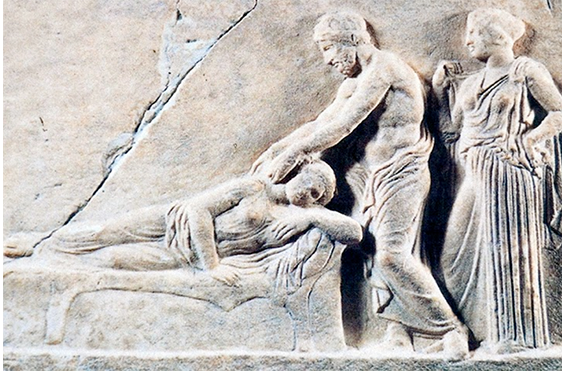
Massage Therapy as an Alternative Medicine
MASSAGE THERAPY AS AN ALTERNATIVE MEDICINE
Massage therapy is a broad term that encompasses a wide variety of procedures, and methods, of pressing, kneading and manipulating muscles, and other soft body tissues, such as tendons, ligaments, skin, and connective tissues. The main objective of massage therapy is to relax the soft tissues while promoting an increased delivery of blood and oxygen to the areas being massages and, therefore, to decrease tightness and pain. Massage therapy is accomplished by utilizing the massage therapist’s fingers, hands, arms, elbows, hands/or feet. Occasionally, however, mechanical and electronic devices may also be used.
There are more than eighty official types of massage therapy treatments, but some of the most widely known are the following:

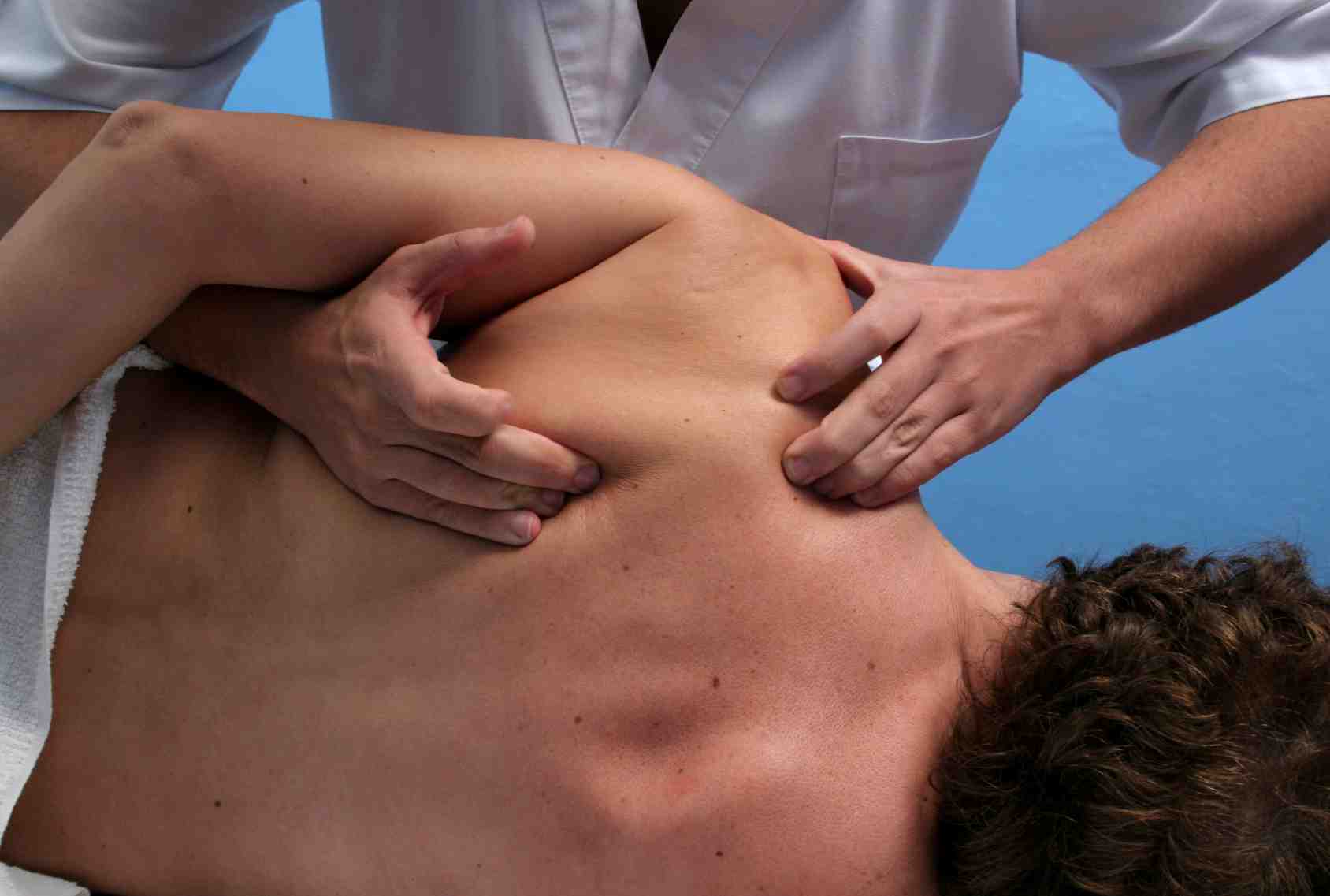
The Trigger Point Massage. This procedure is also known as the Pressure Point Massage, and it is more focused on specific myofascial trigger points with a stronger force than the Deep Tissue Massage. The goal here is to dissolve the painful knots that were formed in the muscles as well as to relieve additional symptoms in more remote areas of the body.
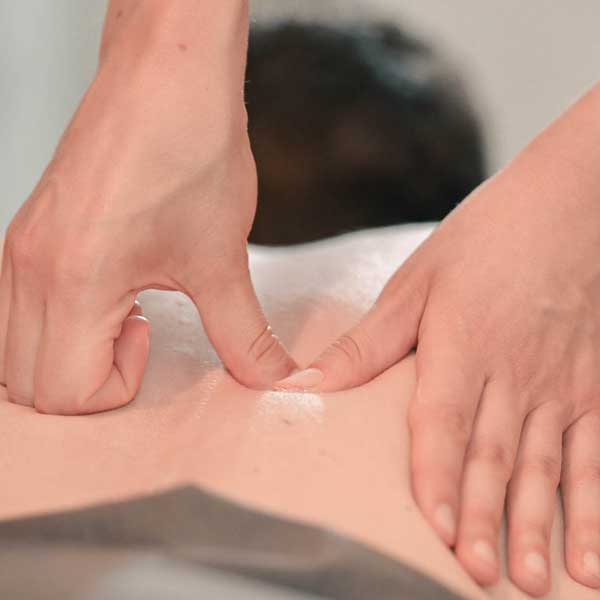
The Swedish Massage. This system utilizes oblong, smooth strokes, kneading, and friction of the muscles as well as joint movement to increase their range of motion and flexibility.

The Shiatsu Massage. Using altering rhythmic pressure, tapping, squeezing and rubbing along the meridian and on various other parts of the body, the main objective of this Eastern massage therapy is to enhance the flow of fundamentally important energy called gi. And this energy, in the ancient Chinese medicine, is believed to be the life force that regulates a person’s spiritual, emotional, mental and physical wellness that is easily affected when subjected to the rival forces of yin and yang.
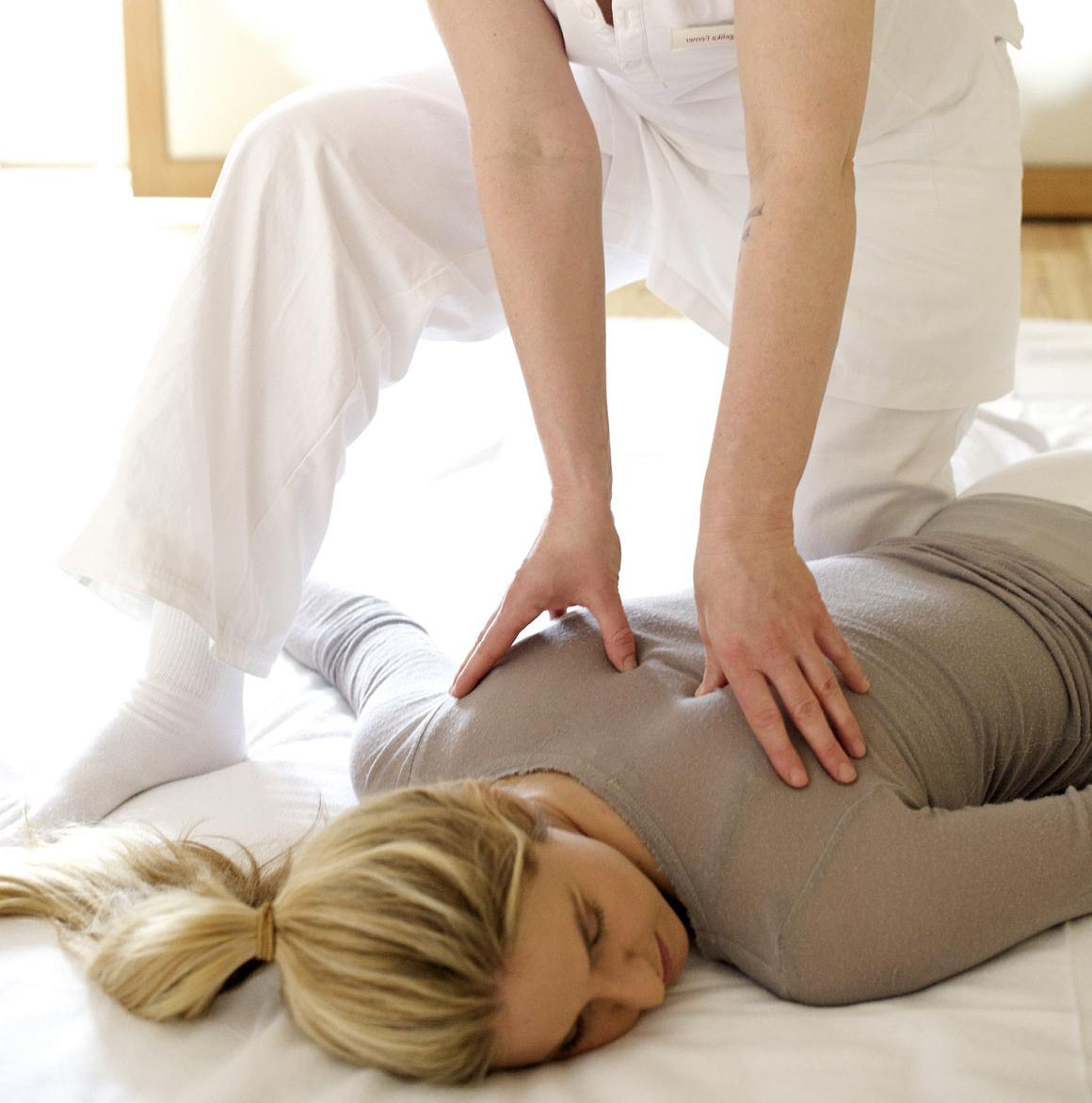
Massage and Chiropractic Care
Chiropractic Treatment:
– For the most part, chiropractic focuses on the hard tissues such as the spine and other joints for adjusting and realignment. Chiropractors have some training in massage techniques, but that is never their first and foremost priority.
– Chiropractors are authorized to make a medical diagnosis, order x-rays or blood works.
– Chiropractors cannot prescribe conventional medications, but they can sell supplements or homeopathic remedies.
– Chiropractors do not need medical referrals to perform their work.
Massage Therapy:
– Massage therapists perform wonderful work on the soft body tissues such as the muscles, tendons, and ligaments but, are not trained, nor are they licensed to, adjust the spine or any other joints.
– Massage therapists may not legally make a medical diagnosis, order x-rays, or any blood work.
– Massage therapists are not permitted to dispense medications of Western medicine, but they can and do provide or recommend alternative herbal remedies.
– Massage Therapists do not require referrals from anyone to conduct their massage sessions.
A recent study, in which more than 34,000 participants in the United States, were asked to rate which alternative treatments worked best for their two biggest health problems for the past two years. The overwhelming majority voted for deep tissue massage therapy and chiropractic therapy in equal measures for such conditions as back pain, osteoarthritis, rheumatoid arthritis, fibromyalgia, respiratory problems, high blood pressure, high cholesterol, depression, insomnia and prostate problems.
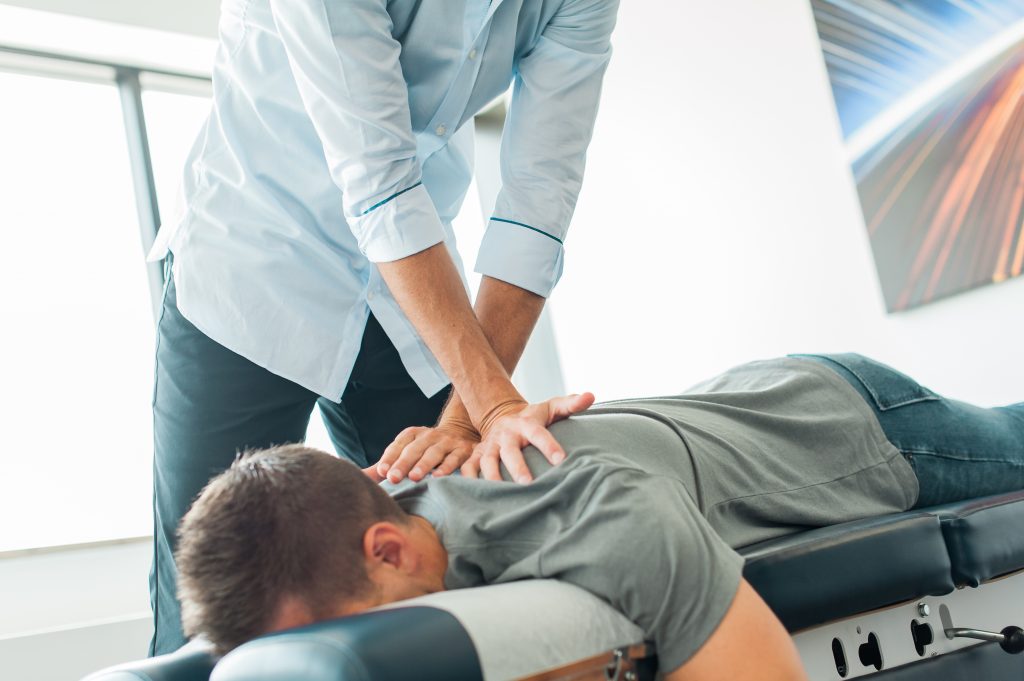
Whether the four most often practiced massage therapies I mentioned above are used as complementary alternative medicine (also known as CAM) or any one of the other recognized eighty which are available to a lesser or greater extent, there are important points to be considered:
• No massage therapy should ever be used in place of regular or ongoing medical care.
• Massage therapy should not be the cause or the excuse to postpone visiting a medical professional for existing medical issues.
• The massage therapist’s schooling and credentials must be verified, as well as his or her experience with specific health and medical conditions.
• Any additional complementary alternative medicine (CAM) such as herbs, supplements, special diets, or other treatments which are suggested by the massage therapist must first be reviewed with a medical professional.
• Although the subject of massage therapy (how it works and why) has been studied for many years and continues to study, much of it remains within the realm of a mystery.
• If and when massage therapy is performed by a well training and experienced professional, few risks are involved, and the worst of them may be temporary pain or discomfort, bruising, swelling or an allergic reaction to the massage oils. The small number of serious injuries which have been reported were triggered by untrained hands that were not aware that certain medical conditions should not be massaged. It is, therefore, essential to consult a medical professional before undergoing massage therapy, particularly under the following circumstances:
Deep vein thrombosis
A bleeding disorder or when taking blood thinners
Damaged blood vessels
Weakened bones from osteoporosis, a recent fracture or cancer
The presence of high body temperature
Open or healing wounds, tumors, damaged nerves, an infection, severe inflammation or fragile skin
Pregnancy
Heart problems
Dermatomyositis or any other skin disease
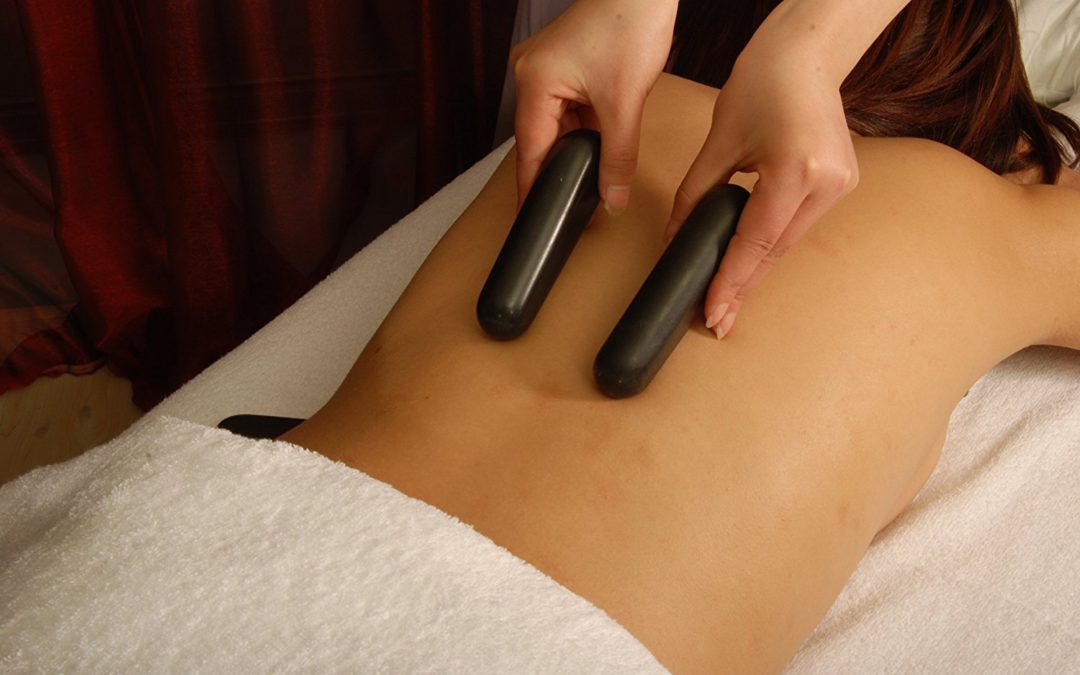
THE HOT STONE MASSAGE
Hot Stone Massage is a therapeutic massage technique in which the massage therapist holds a heated stone and applies various massage strokes.
Because they tend to absorb heat and retain it for extended periods, the stones which are used are smooth, basalt rocks of various sizes and shapes. These stones then are heated in water to 120 to 150 degrees Fahrenheit.
Native Americans are also known to have used hot stones for medicinal purposes, but those are heated by direct fire. This technique of fire-heated stones was restored by Mary Nelson, a native of Tucson, Arizona, and she trademarked it as LaStone Therapy.
For clients to get the most out of the Hot Stone Massage Therapy, clients are encouraged to:
· Indicate any discomfort such as those which might be created by stones which are too hot, by the massage therapist applying pressure with too much force, by the background music which may be too loud, by the room temperature which could be too hot or too cold and so on.
Refrain from consuming a heavy meal, and abstain from ingesting any amount of alcohol shortly before the session.
Arrive in plenty of time to check-in and to relax before the treatment.
Take a sauna, a steam bath, or a hot tub before the session as it will relax and soften the muscles for better results from the entire treatment. If the hot tub was treated with chlorine, the clients are asked to take hot showers to rinse off the chemical.
Remove all their clothing and be assured that they will remain completely covered with a towel. This will give the massage therapist better access and direct contact with the skin.
Take slow, deep breaths throughout the session as it helps to relax the body and release more toxins.
To banish irrelevant thoughts from racing through their heads by concentrating on the feel of the therapist’s movements over their bare skins.
Get off the massage table after the session very slowly as dizziness may set in otherwise.
Absorb the full results of the massage treatment by allowing some quiet time in a peaceful place.
Drink extra water after the massage to flush out and wash away the toxins released during the treatment.
The Hot Stone massage is beneficial in many ways as it promotes deep muscle and soft tissue relaxation, eases stress, releases toxins, alleviates pain, improves circulation, and calms the mind. Quite appropriately, therefore, there is an impressive list of ailments which are treated with Hot Stone massages, and they are:
Muscle aches and pains due to overuse, injury, or stress.
Back pain caused by injury, poor posture, or misuse.
Multiple Sclerosis (MS).
Arthritis.
Fibromyalgia.
Stress, anxiety, nervousness and depression.
Insomnia.
Any number of circulatory problems.
The Hot Stone massage requires specialized training. It involves more preparation time for disinfecting and heating the stones, the session is often somewhat longer than usual, and more time is spent cleaning up.
As a consequence, the Hot Stone massage tends to be more costly than any other conventional and essential Swedish massage. But it is worth it, and you are worthy of it!
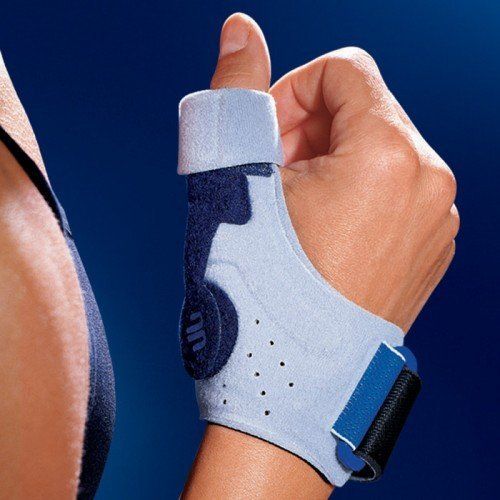
Common Injuries Suffered by Massage Therapists
This is Part One of the Common Injuries Suffered by Massage Therapists!
Massage Therapy unquestionably incorporates whole-body strength and movement, but the hands and wrists are perhaps the stars of the show. So preventing injury is crucial to career longevity—your ability to do your job effectively for as long as you choose.
Carpal Tunnel Syndrome (CTS)
CTS has become a catch-all term that is too often applied to any pain syndrome anywhere in the wrist area. Many other injuries can cause symptoms at the wrist.
CTS, however, has quite a specific definition: it is impingement of the median nerve at the carpal tunnel.
When there is ongoing pressure on the median nerve within the rigid, fixed space of the carpal tunnel, located between the carpal bones and the transverse carpal ligament of the wrist. This pressure, which can have several causes, cuts down on the volume of nerve impulses
traveling through the nerve to and from the hand. Mechanical stress on the nerve can damage the nerve tissue and can be a result of keeping the wrist in flexion for a sustained time or placing the wrist against an object like a desk for sustained periods.

Symptoms of CTS:
Pain felt in the palmar aspect of the wrist radiating into the hand, particularly the palm, the thumb, index finger, third finger, and adjoining half of the ring finger paresthesias can be experienced along the same nerve path.
CTS tends to come on slowly and can be triggered by a sudden increase in workload or decrease in the time allowed between massages.
Treatment:
physiotherapy
splints
anti-inflammatory medication
surgery
Saddle Joint Injury
The thumb’s basal, or CMC, the joint is saddle-shaped, formed by the trapezium in the wrist and the metacarpal in the thumb.
This distinctive shape enables the thumb to rotate up, down and across the palm, and to pinch.
Saddle joint injury can present with throbbing pain or a dull ache.
Treatment:
Rest.
Anti-inflammatory medications, both topically and orally.
Splinting may also be recommended.

These injuries are most often caused by overuse. Thus, prevention is a crucial factor in career longevity.
Prevention
Proper alignment of the wrists (120 degrees)
Hands and thumbs. When possible, use forearms, and elbows
Table Height (this is why I LOVE my Hydraulic/ Electric Table)!
Engage core
Warm-up before sessions
Rest between sessions
Stretch and strengthen throughout the day
Self-care (get a Massage, see a Chiropractor, Physiotherapy, Yoga).
What are your best recovery, or prevention, strategies?
Let us know in the comment section below!
Have an Awesome Day!
Shaunna
Your content goes here. Edit or remove this text inline or in the module Content settings. You can also style every aspect of this content in the module Design settings and even apply custom CSS to this text in the module Advanced settings.

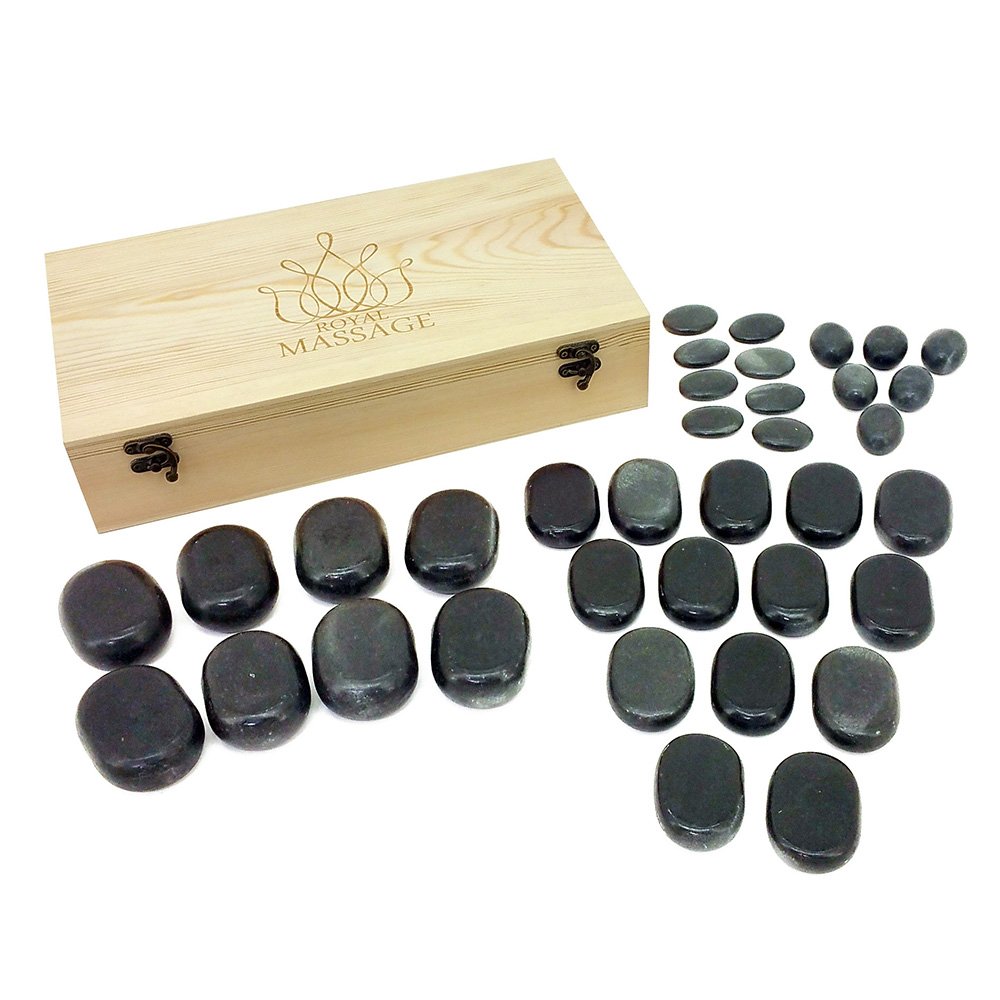
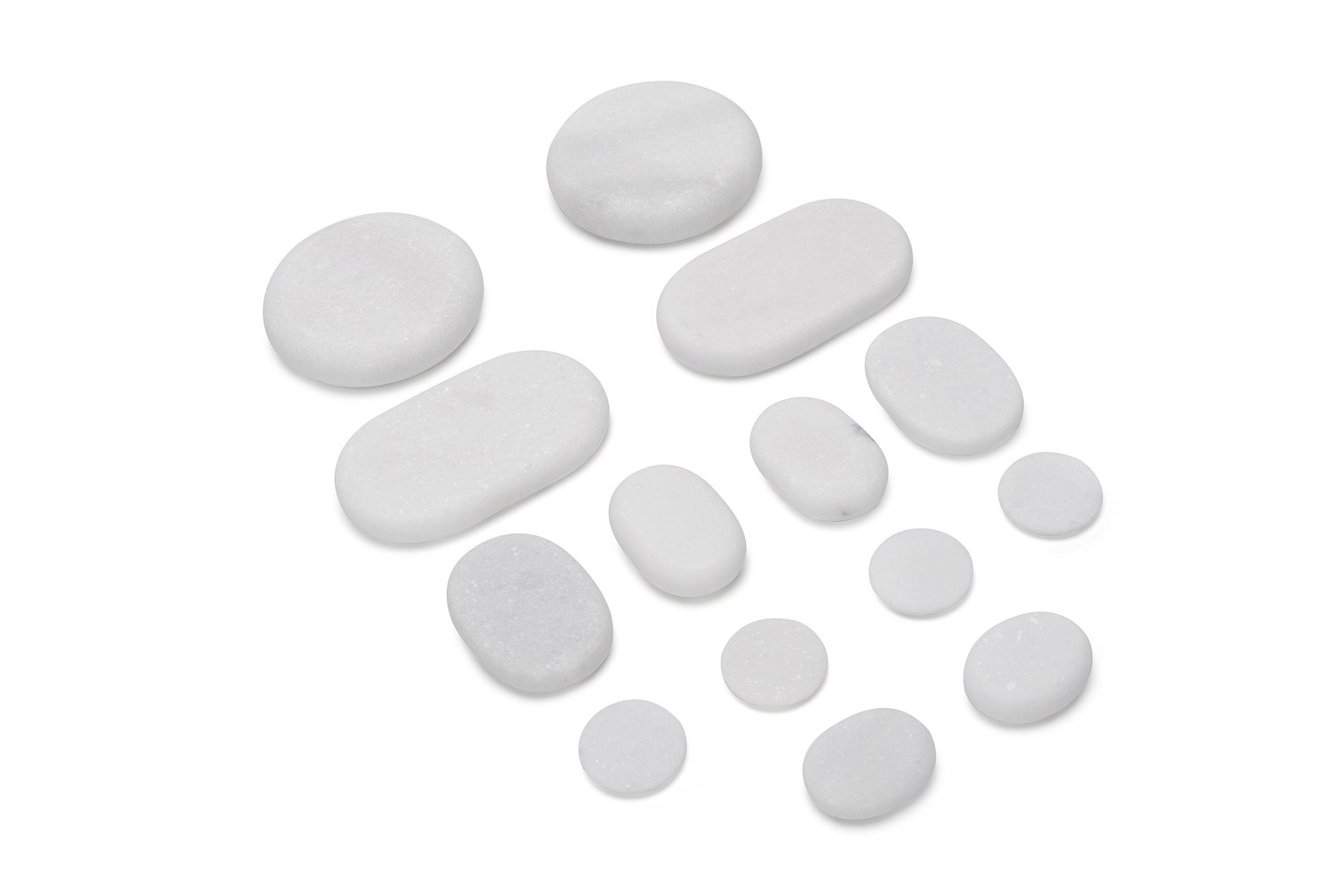


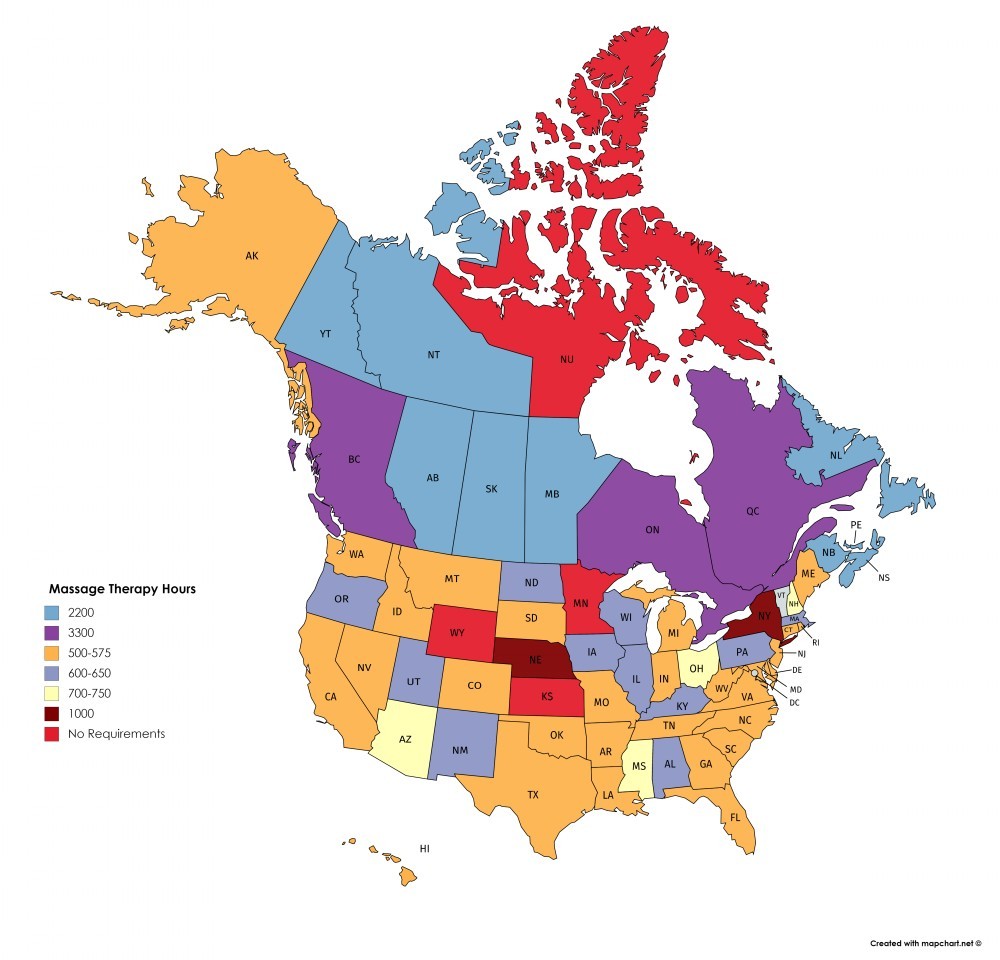
Recent Comments